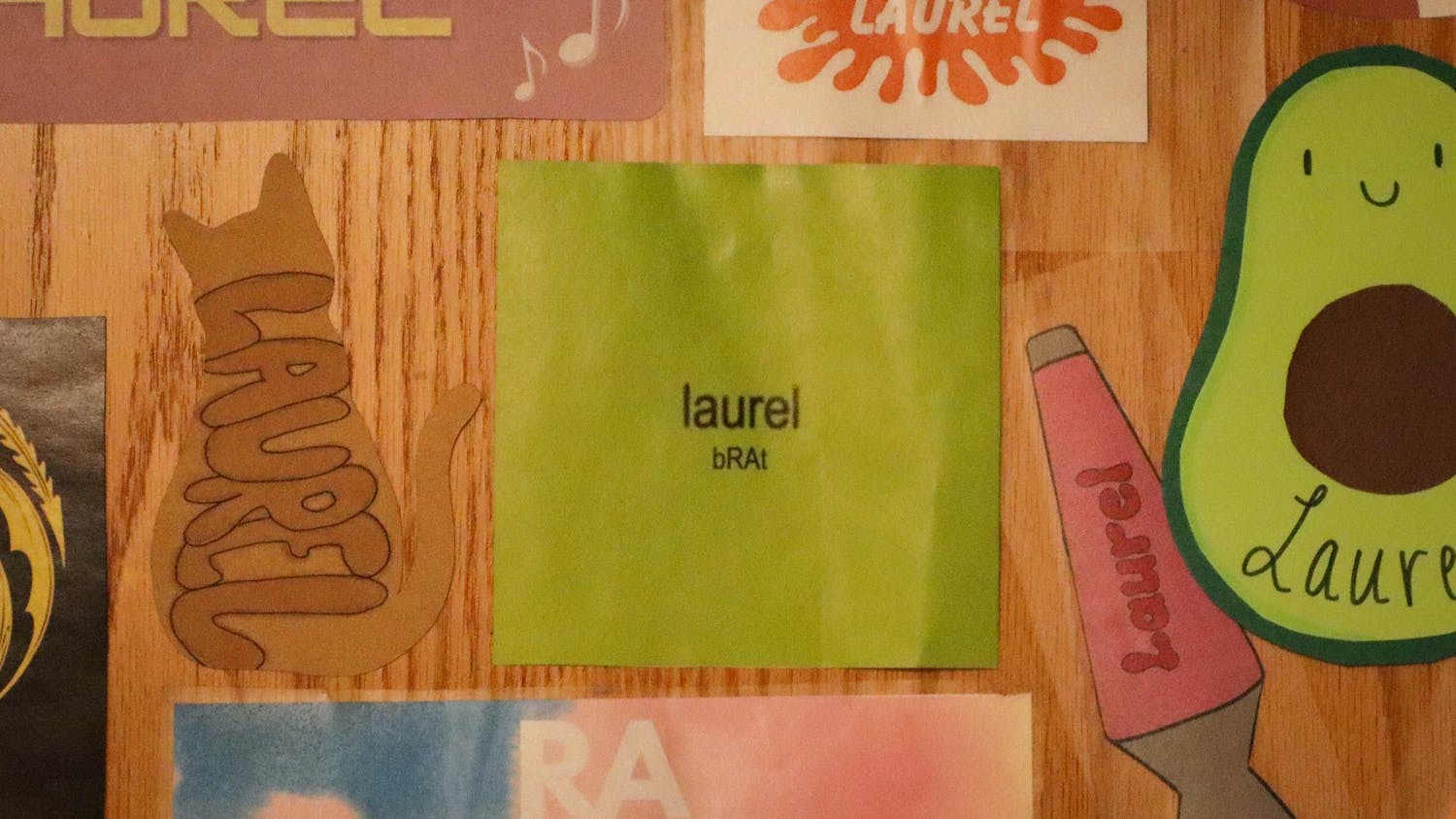In the coffeeshops of Manhattan in the late 1980s, Larry David and Jerry Seinfeld — like comedy’s version of Steve Jobs and Steve Wozniak — devised a concept for a sitcom that would rock the television world.
The show was about nothing.
It starred Jerry Seinfeld living an alternative version of his life as a stand-up comedian in New York City with his four eccentric friends as they dealt with romantic relationships and the absurdities of everyday situations.
Over the course of nine laugh-filled seasons, “Seinfeld” became one of the most watched TV shows of the decade and averaged 30 million viewers each week. The series finale amassed 76.3 million viewers and was one of the most watched entertainment events of all time.
Beyond its sheer popularity, “Seinfeld” broke the rules of traditional sitcom writing and depicted stand-up comedy as a lifestyle and a craft. Not only is “Seinfeld"’s legacy seen today through its influence on sitcom writing, but its cast members went on to star in current hit TV shows as well.
One of the most classic “Seinfeld” episodes — "The Marine Biologist" — will celebrate its 16th anniversary on Monday.
In this episode, George Costanza, Jerry’s closest friend, pretends to be a marine biologist to impress his old college love interest, Diane. Cosmo Kramer, Jerry’s neighbor, goes to the beach to hit golf balls into the ocean. Near the end of the episode, George and Diane stroll along the beach when they come across a beached whale. George springs into action and removes a golfball from the whale’s blowhole. To the audience’s surprise, it is the same brand of golf balls that Kramer hit into the ocean. George is regarded as a hero, but Diane dumps him once she discovers that he is not a marine biologist.
This episode is an example of the show’s signature writing structure where individual characters have their own storylines and those storylines converge at the end of the episode.
This writing style has also been popularized in other hit shows such as “Arrested Development,” where each episode can contain up to nine storylines for each regularly appearing character.
Another key aspect of the episode and of “Seinfeld” is that the show’s main characters proudly display selfish and toxic personalities. George often pursues what he wants by habitually lying, such as pretending to be a marine biologist to impress a woman.
Unlike other contemporary sitcoms like “Full House,” “Seinfeld” was not concerned about being wholesome. In fact, Larry David’s creed was “no hugging and no learning."
“Seinfeld” differed from past sitcoms because the audience would see their own negative qualities reflected in characters on the show.
This paved the way for many successful sitcoms that depict morally objectionable characters such as “It’s Always Sunny In Philadelphia,” “VEEP” and “Curb Your Enthusiasm.”
“Seinfeld” alumni such as Julia Louis Dreyfus, the star of the Emmy-award-winning show “VEEP,” and Larry David, the lead in “Curb Your Enthusiasm,” went on to revive this Seinfeldian style of humor.
The show's influence does not stop at transforming sitcom writing and sitcom norms. Jerry Seinfeld also influenced many popular contemporary comedians such as John Mulaney with intricately written and hyper-observational material.
We will never know just how many comedians Jerry Seinfeld influenced or to what extent. However, we do know that “Seinfeld” has had a lasting effect and legacy well beyond its years.






